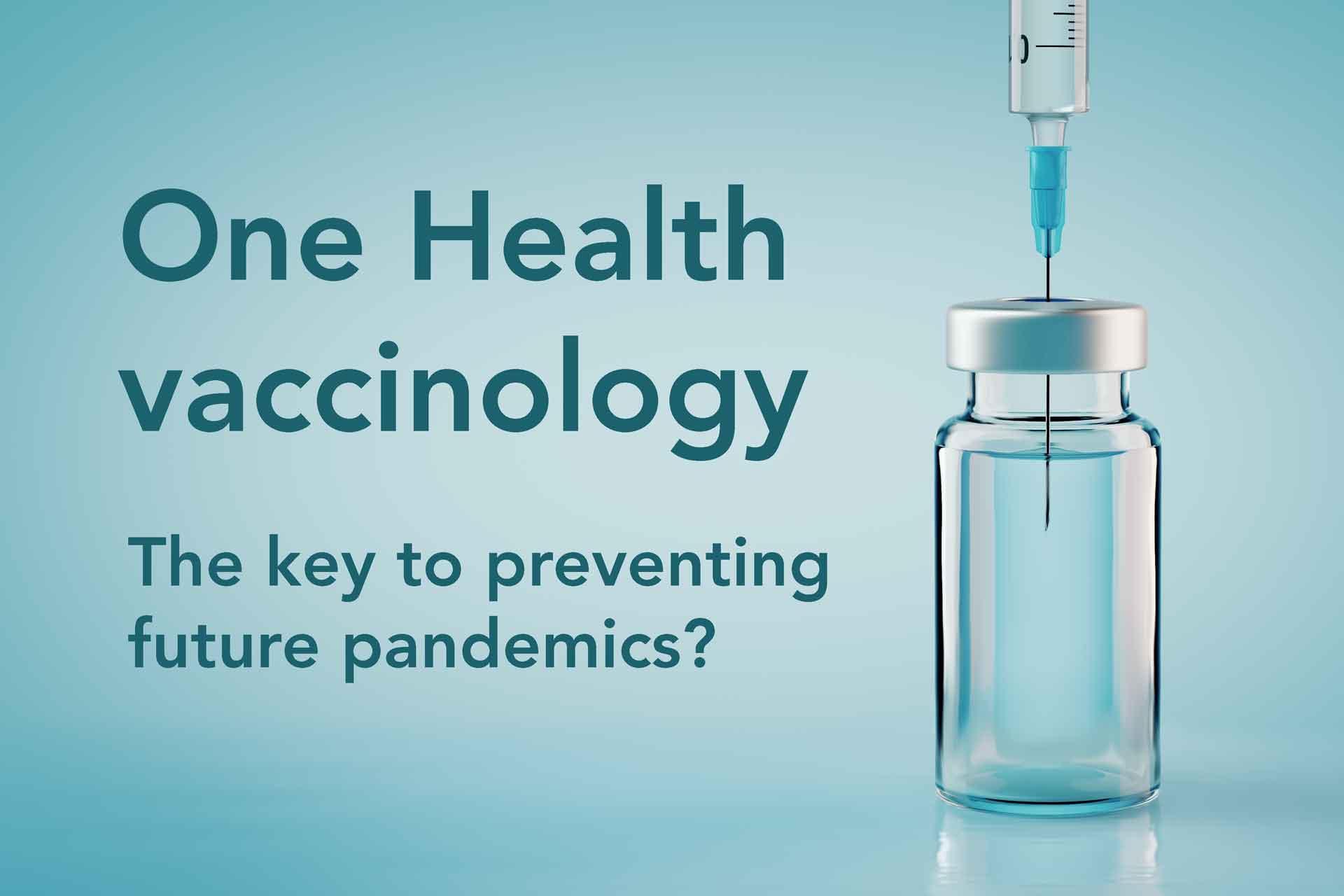The COVID-19 pandemic has provided yet another stark reminder that more than 70 percent of human infectious diseases emerge from animal populations. It has further emphasised the need for a more holistic approach to developing vaccines and treatments that could improve the health of humans and animals as well as preparing against the threat of future pandemics.
To effectively tackle diseases that infect animals and people, known as zoonoses, both veterinary and medical professions must work in synergy. Drawing on their collective expertise, scientists from The Pirbright Institute, Kenyan Medical Research Institute (KEMRI-Wellcome Trust), University of Nairobi, University of Oxford and BioVacc Consulting Ltd have published a Nature Perspective article that advocates the use of ‘One Health vaccinology’ – a concept which aims to unite the currently siloed medical and veterinary research industries. They highlight several areas within immunology, vaccine technology and vaccine deployment which, if optimised, could transform vaccine production and enhance our control of existing and potential disease outbreaks.
Understanding and comparing the immune responses of animals and people could accelerate vaccine development in a number of ways. For example, targets for human vaccines can be identified by studying animal immune responses against related diseases. Finding these common immune targets can also aid the development of vaccines that can protect humans and animals from the same disease.
Effective animal vaccination strategies against zoonotic diseases can drive down the levels of disease circulating in animals, improving animal health and reducing the risk of human infection. Strategies routinely used to control diseases in animal populations could also be used to protect people. Ring vaccination is one such strategy that could be applied, where both susceptible animals and people in the area surrounding an outbreak are vaccinated, as has previously been carried out with Ebola for humans.
Cost reduction is a key consideration if a vaccine is to be accessible for low- and middle-income countries. Most veterinary vaccines protect against multiple diseases in one shot to reduce costs, a concept that has also been applied to childhood vaccinations. Price can also be reduced for zoonotic diseases by using the same vaccine stock for both humans and animals, rather than manufacturing completely separate vaccines.
Professor Bryan Charleston, Pirbright’s Director, said: “With so many animal and human diseases interconnected, it is vital that we utilise these untapped opportunities to progress vaccine development. By realigning research strategies and funding priorities to encompass One Health approaches, we can ease disease burden and improve animal and human health as well as safeguarding against emerging pandemics”.
